Exposure to noise is part of our everyday lives. From mowing the lawn, to listening to music, we are putting a strain on our ears.
Hearing is a complex process that — through the sensitive structures of the ear all the way to the brain — involves transforming vibrations from our environment into meaningful sound. Exposure to sounds that are too loud for too long can damage this delicate system, which results in noise-induced hearing loss (NIHL).
While immediate hearing damage can result from sudden loud noises (acoustic trauma), NIHL is also caused by repeated and extended exposure to louder sounds. The World Health Organization (WHO) recommends reducing your average leisure noise exposure to 70dB over a 24-hour period. As sounds get louder, your exposure time should decrease. According to health survey data collected from hearing tests, nearly 24% of adults aged 20 to 69 show signs that suggest NIHL.
Noise-induced hearing loss (NIHL) can be difficult to detect early on as it often happens gradually. In some cases, the damage to our ears from noise exposure is temporary. However, left unaddressed, noise exposure can lead to more serious and permanent hearing loss.
Signs of Noise Induced Hearing Loss Include:
• Ringing in your ears, known as tinnitus.
• Difficulty understanding someone who is talking from 3 feet away.
• Difficulty understanding speech in background noise.
• Speech sounding muffled after leaving a noisy area.
• A feeling of pain or fullness in your ears.
Resources
SAC – Noise Induced Hearing Loss Poster

